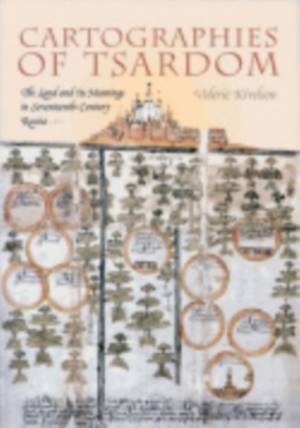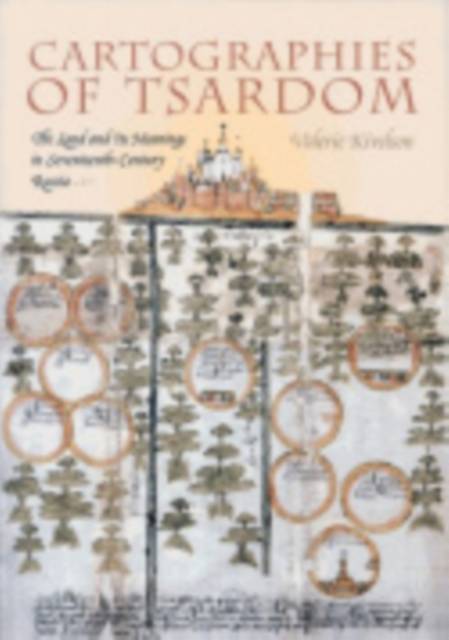
- Retrait gratuit dans votre magasin Club
- 7.000.000 titres dans notre catalogue
- Payer en toute sécurité
- Toujours un magasin près de chez vous
- Retrait gratuit dans votre magasin Club
- 7.000.000 titres dans notre catalogue
- Payer en toute sécurité
- Toujours un magasin près de chez vous
Cartographies of Tsardom
The Land and Its Meanings in Seventeenth-Century Russia
Valerie A KivelsonDescription
Toward the end of the sixteenth century, and throughout the seventeenth, thinking in spatial terms assumed extraordinary urgency among Russia's ruling elites. The two great developments of this era in Russian history-the enserfment of the peasantry and the conquest of a vast Eastern empire-fundamentally concerned spatial control and concepts of movements across the land. In Cartographies of Tsardom, Valerie Kivelson explores how these twin themes of fixity and mobility obliged Russians, from tsar to peasant, to think in spatial terms. She builds her case through close study of two very different kinds of maps: the hundreds of local maps hand-drawn by amateurs as evidence in property litigations, and the maps of the new territories that stretched from the Urals to the Pacific. In both the simple (but strikingly beautiful and even moving) maps that local residents drafted and in the more formal maps of the newly conquered Siberian spaces, Kivelson shows that the Russians saw the land (be it a peasant's plot or the Siberian taiga) as marked by the grace of divine providence. She argues that the unceasing tension between fixity and mobility led to the emergence in Eurasia of an empire quite different from that in North America. In her words, the Russian empire that took shape in the decades before Peter the Great proclaimed its existence was a "spacious mantle," a "patchwork quilt of difference under a single tsar" that granted religious and cultural space to non-Russian, non-Orthodox populations even as it strove to tie them down to serve its own growing fiscal needs. The unresolved, perhaps unresolvable, tension between these contrary impulses was both the strength and the weakness of empire in Russia. This handsomely illustrated and beautifully written book, which features twenty-four pages of color plates, will appeal to everyone fascinated by the history of Russia and all who are intrigued by the art of mapmaking.
Spécifications
Parties prenantes
- Auteur(s) :
- Editeur:
Contenu
- Nombre de pages :
- 280
- Langue:
- Anglais
Caractéristiques
- EAN:
- 9780801472534
- Date de parution :
- 15-09-06
- Format:
- Livre broché
- Format numérique:
- Trade paperback (VS)
- Dimensions :
- 181 mm x 253 mm
- Poids :
- 657 g







